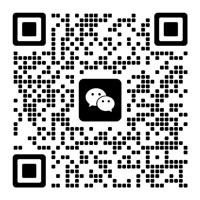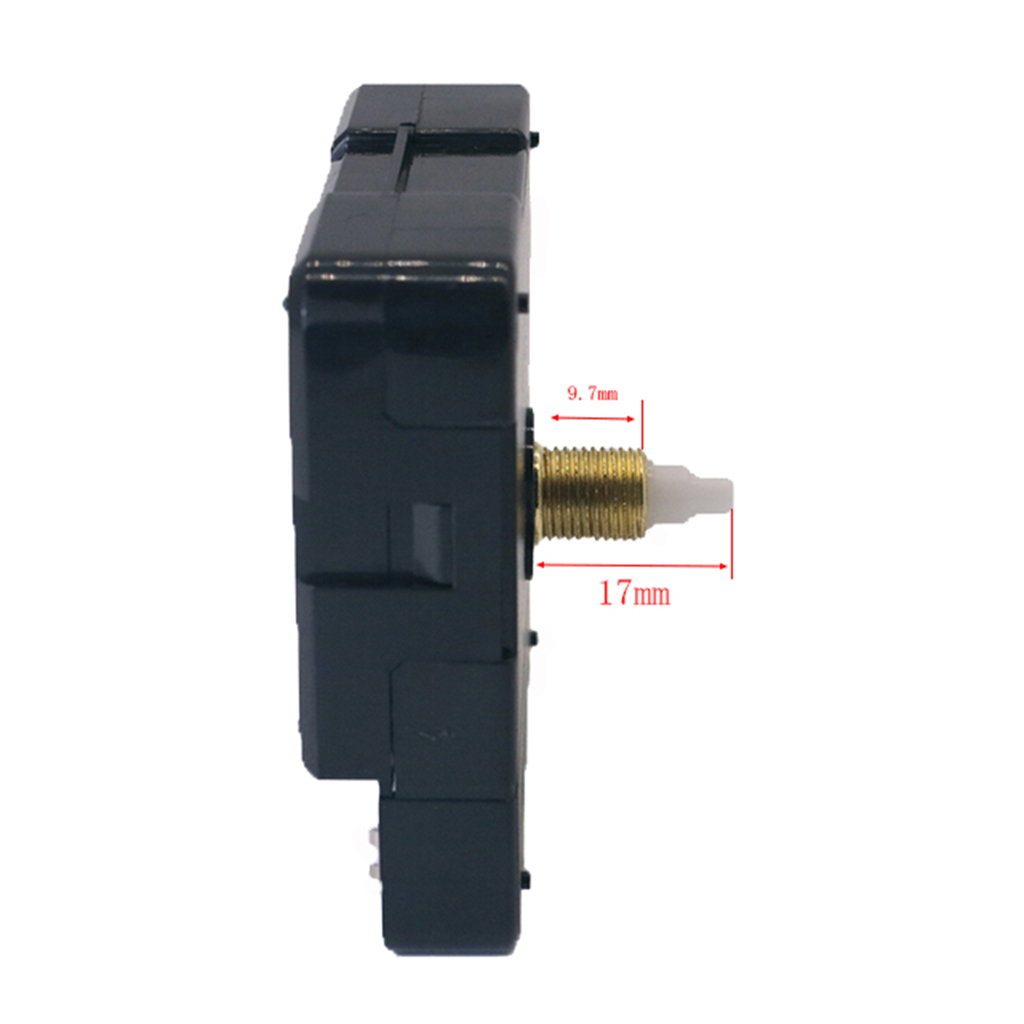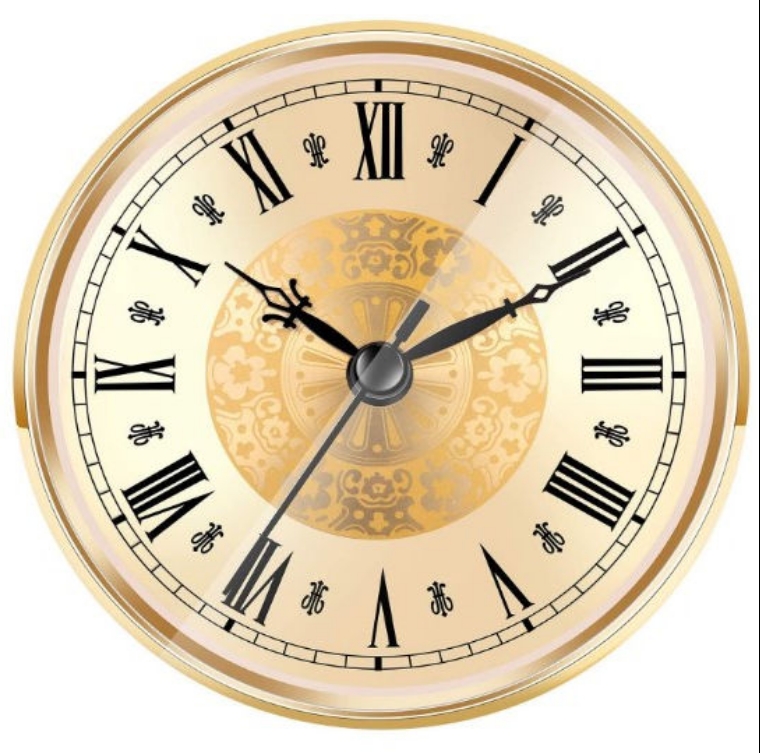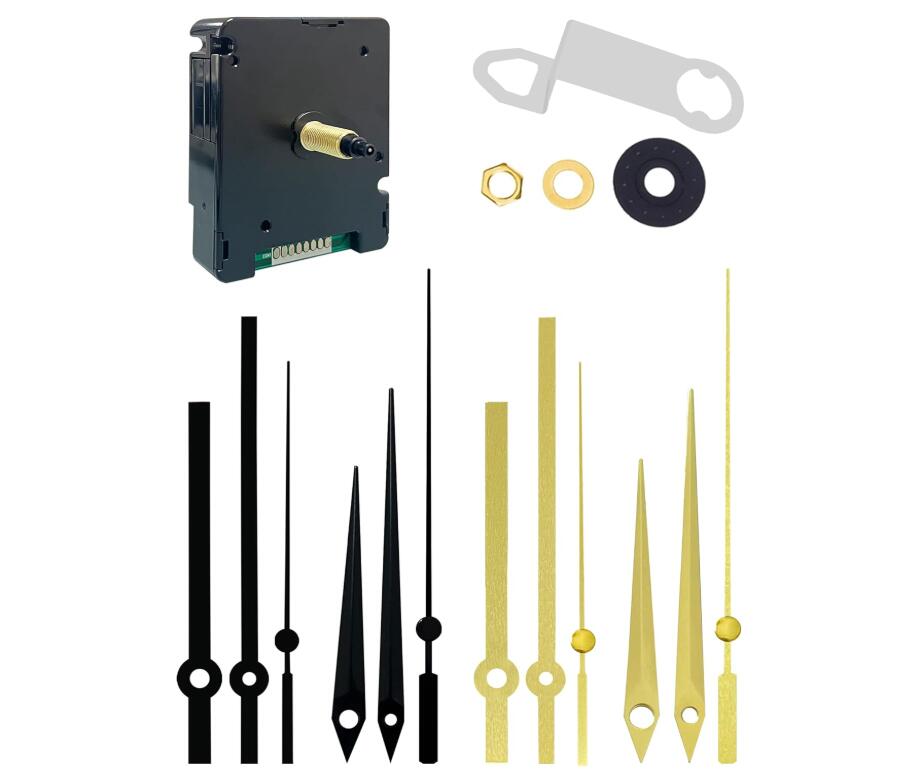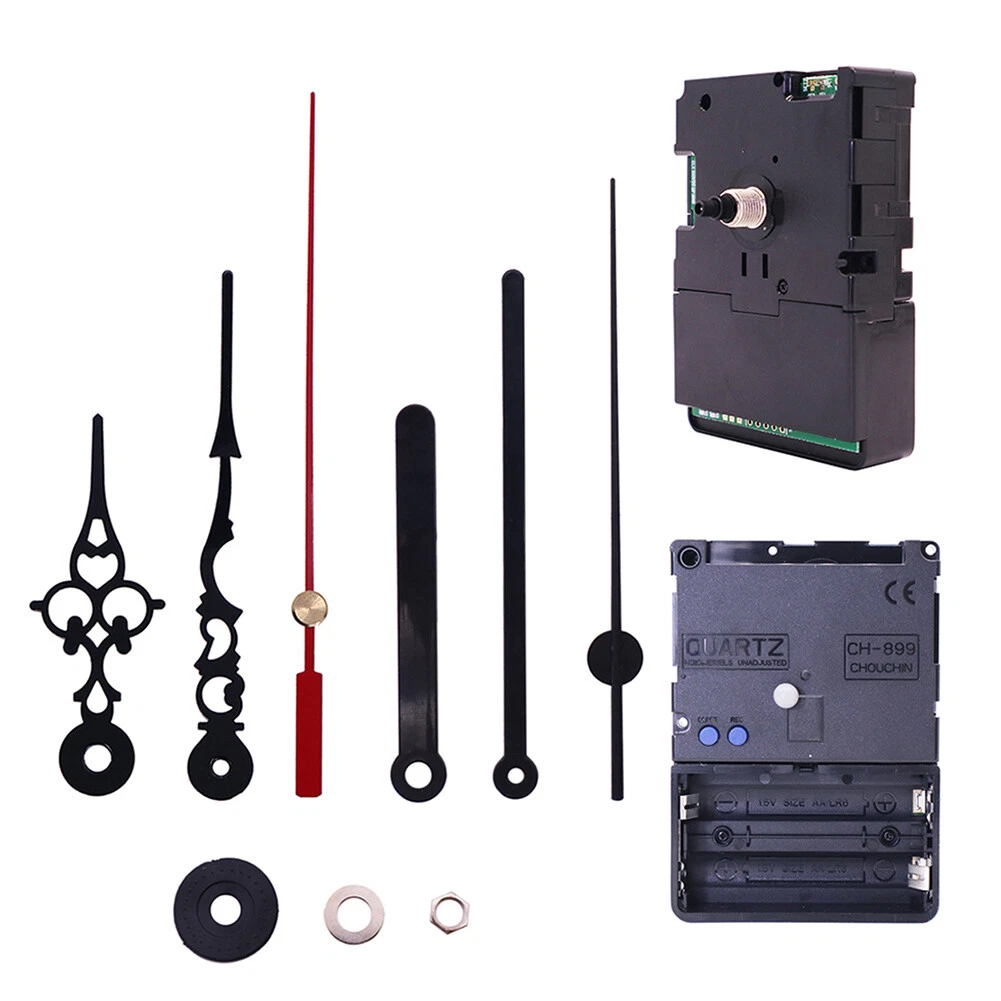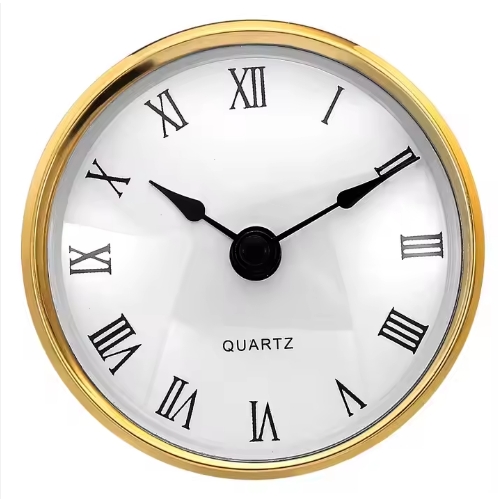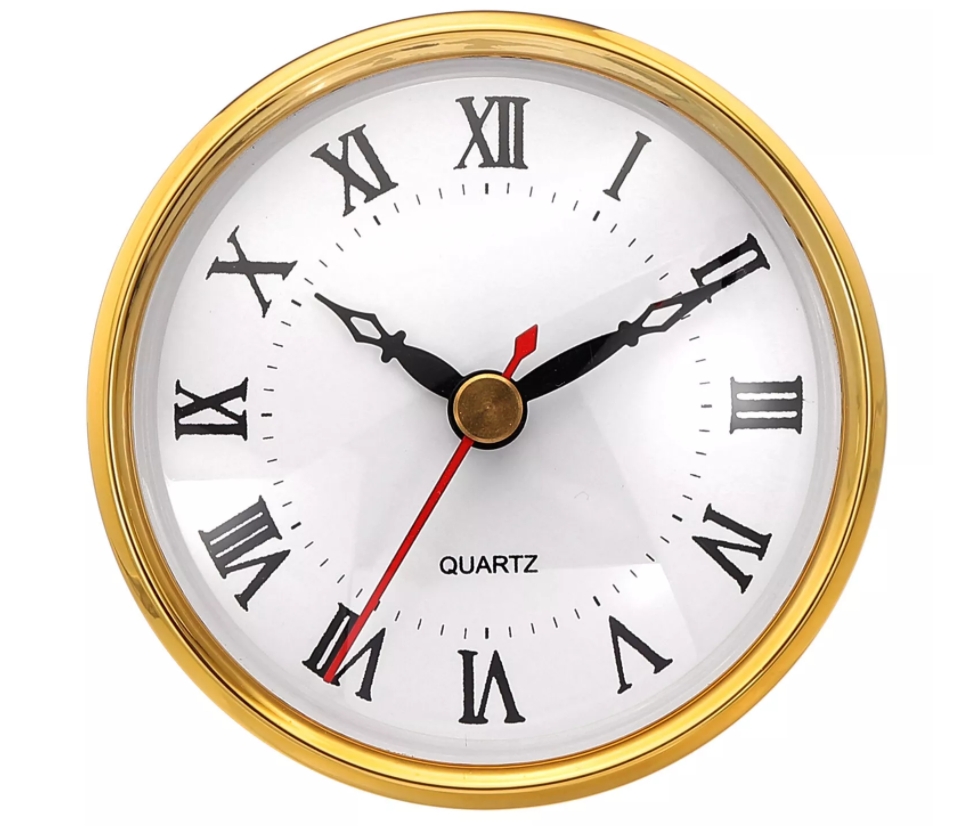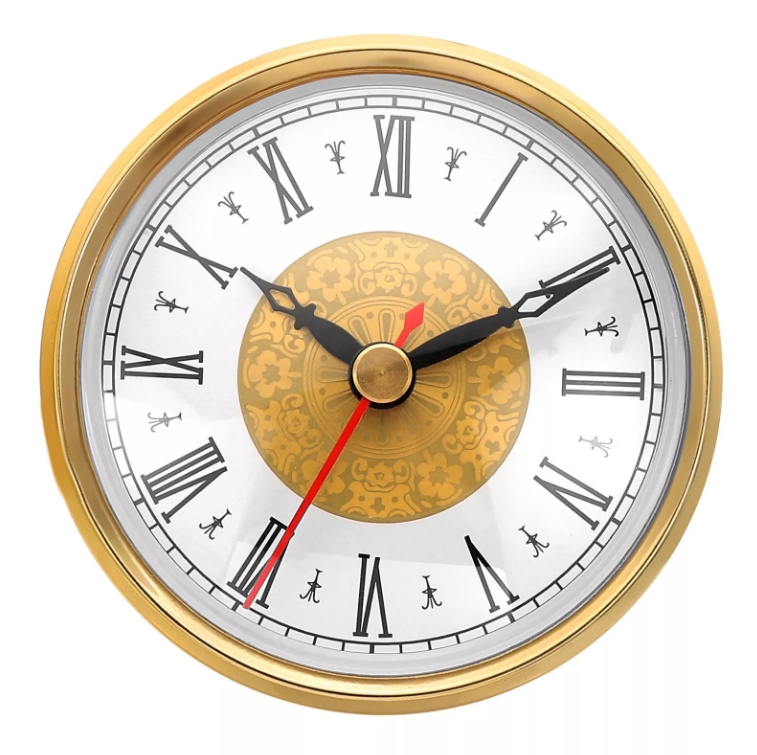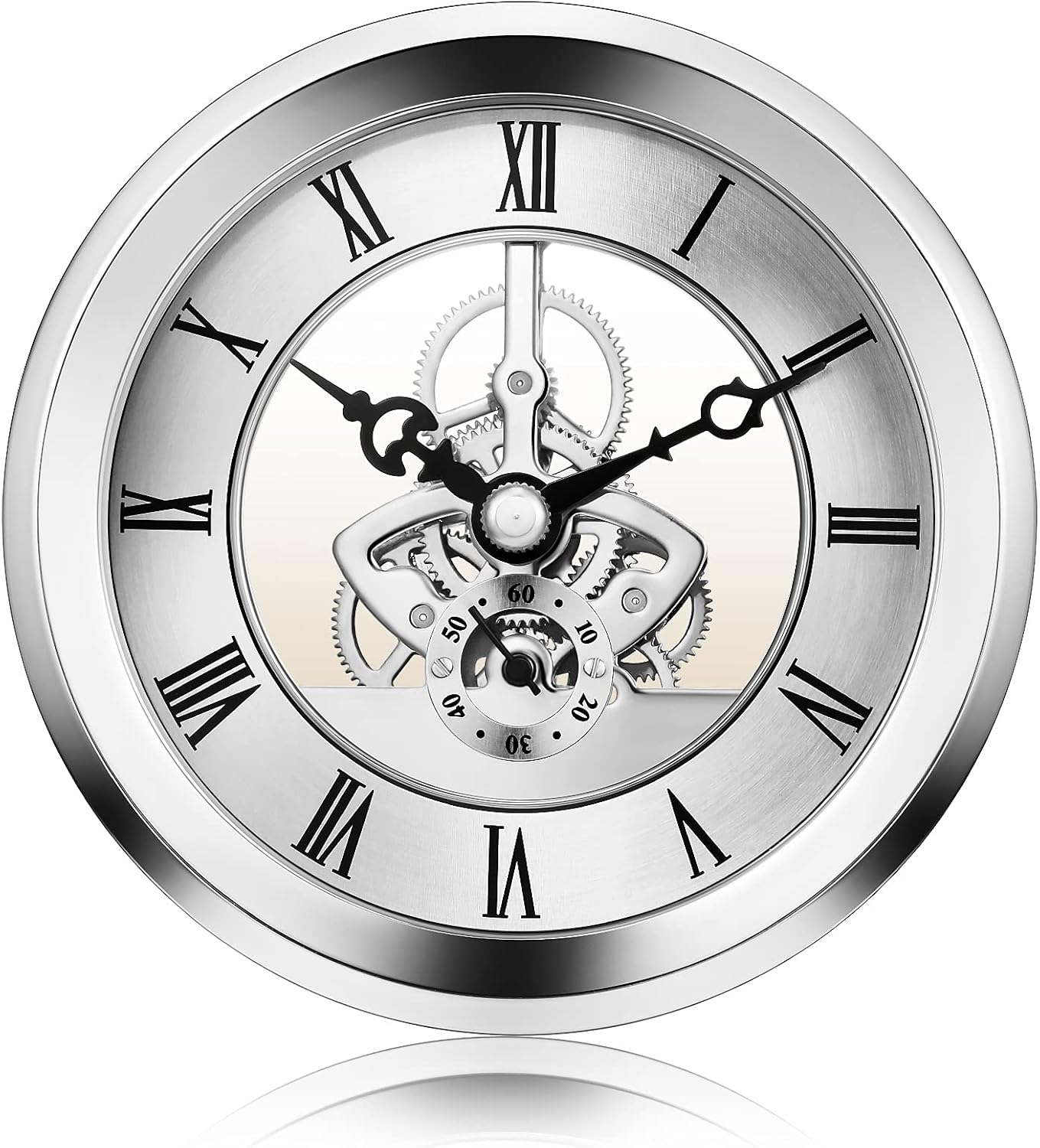



Since 1738, the production of the cuckoo clocks is still centralized at the Black Forest area in Germany, specifically in Neustadt and Triberg. However, cuckoo clocks are often thought of having its origin from Switzerland.
.jpg)
This confusion may have been due to the fact that there are other versions of the cuckoo clocks from neighboring regions, which had been around for quite some time even before the making of the cuckoo clocks. One good example is the rooster clock.
A cuckoo clock typically has a pendulum built into it. Conceptualized after the striking of a gong, the cuckoo clocks are characterized by whistles and billows that are imitated after the calls of the cuckoo birds. The designs of ordinary cuckoo clocks are often conventional with birds popping up from the openings and rustic designs all over with occasional nature designs like animals and leaves. Cuckoo clocks are hanged on the walls and are frequently enclosed in wooden boxes.
As the clock strikes, the bird that is hidden within the cuckoo clock appears through the trap door and vanishes immediately after the striking is done.
- Sweep clock movement
- Clock hands
- High torque clock movement
- Skeleton clock movement
- Radio controlled clocks
- Pendulum clock movement
- 24 hours clock movement
- Tide clock movement
- DIY clock movement
- Round clock movement
- Quartz clock movement
- Clock inserts
- Watch inserts
- Clock parts
- Clock dials
- Wall clocks
- Plastic clock movements
- Toy clock movements
- Hook clock movement
- Alarm clock
- Clock movement
- Movements package
- Clock hands catalog



Sitemap Admin Powered by: hkwww.cn
Tel: 86-769-85532891 E-mail: talent@hengrongclock.com.cn http://www.clockmovements.cn
Keywords: clock movement, clock parts, clock hands, clock mechanism, clock accessories, cuckoo clock, alarm clock, insert clock
